Meaningless Work and the Power of Dirt Take Centerstage at Houston’s Museum Treasure — Walter De Maria Is No Conventional Artist
Six Galleries and 55 Works of Art Await at The Menil
BY Ericka Schiche // 04.19.23Walter De Maria's "The Lightning Field," 1977, permanent installation, Quemado, New Mexico. (Photo by John Cliett, courtesy Dia Art Foundation, New York, and Estate of Walter De Maria)
Artists Walter De Maria and Michael Heizer, embarking on a Western journey through desert terrain, sent a telegram to art dealer Richard Bellamy in 1969. Indeed, Bellamy, described as an éminence grise in Judith E. Stein’s book Eye of the Sixties, championed both artists.
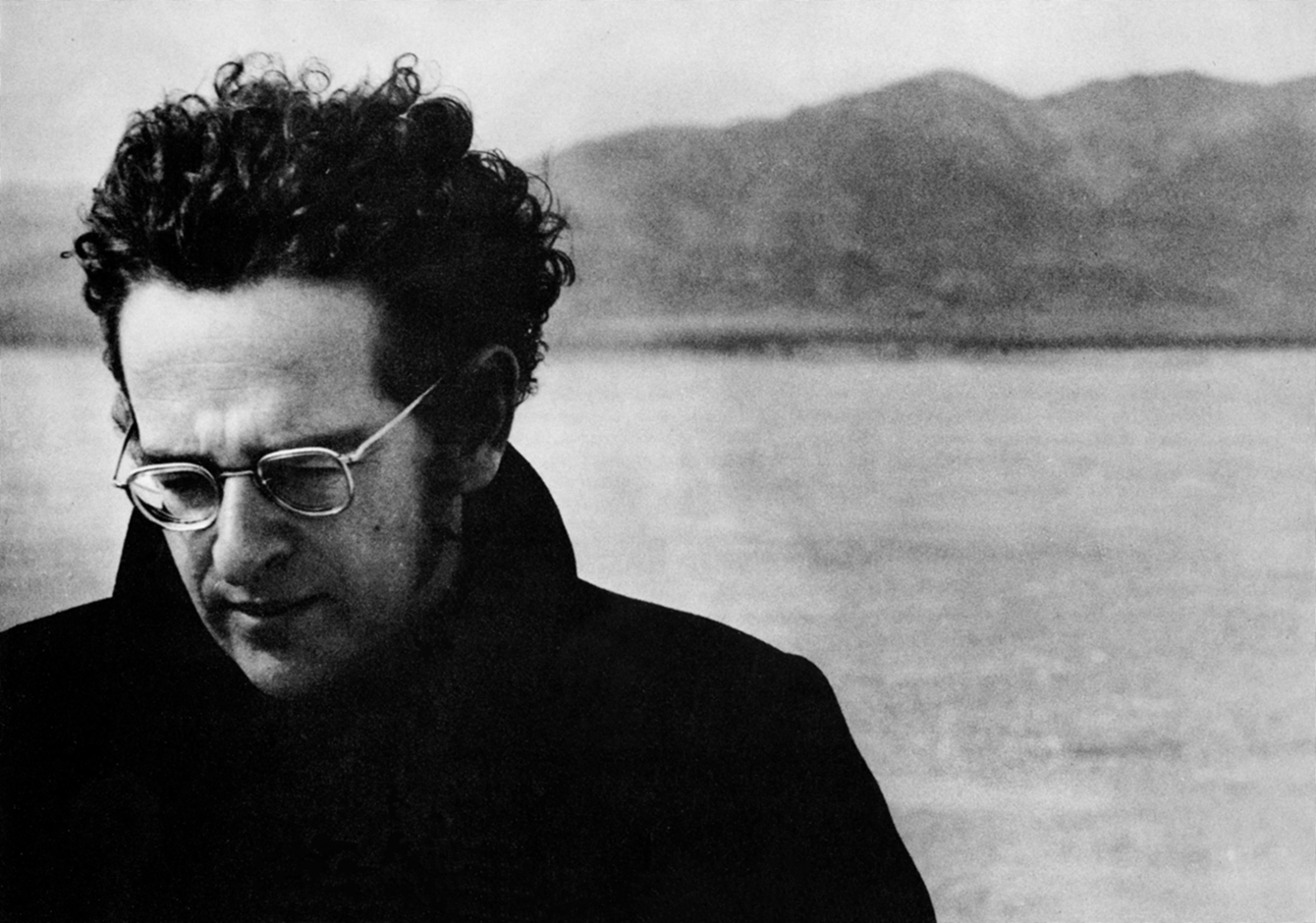
Further, Bellamy encouraged them and understood their unconventional (by New York City standards) art journey into the arid desert. And with a hint of sarcastic deadpan humor, de Maria and Heizer ended their telegram with: “Don’t Underestimate Dirt.”
The Menil Collection’s exhibit titled “Walter De Maria: Boxes for Meaningless Work” is showing through this Sunday, April 23. It captures de Maria’s daring nonconformist spirit. Encompassing six galleries and 55 works of art (1960 to 2011), the exhibit highlights various phases of De Maria’s career.
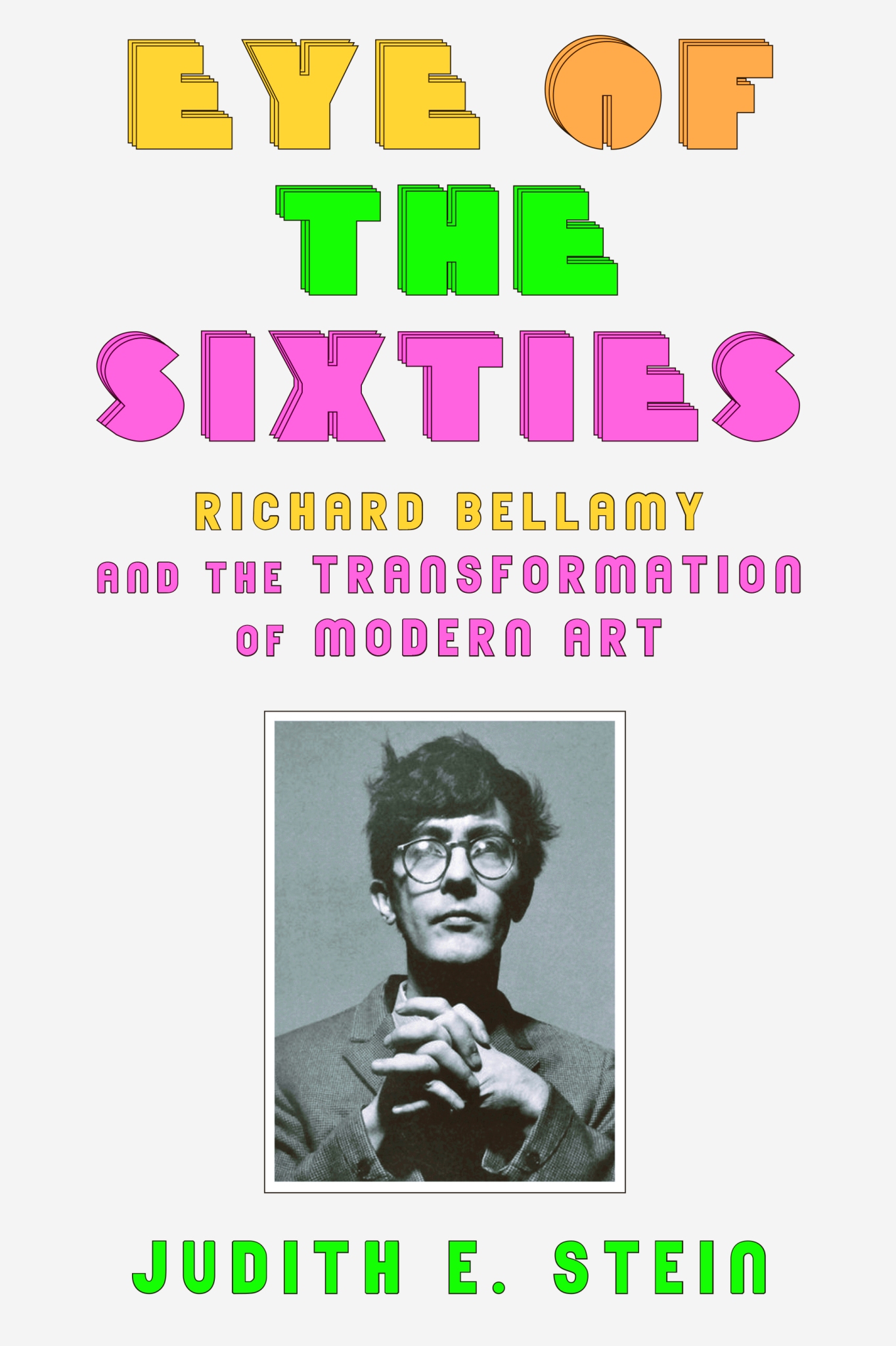
Curated by former conservator Brad Epley and Michelle White, this is the artist’s first career retrospective exhibit in the United States. Questioning commodified art — and the “l’art pour l’art” (art for art’s sake) concept that Tom Wolfe also critiqued — inspired De Maria. His journeys into the West reflected a desire to abandon the downtown New York City cultural milieu to some extent.
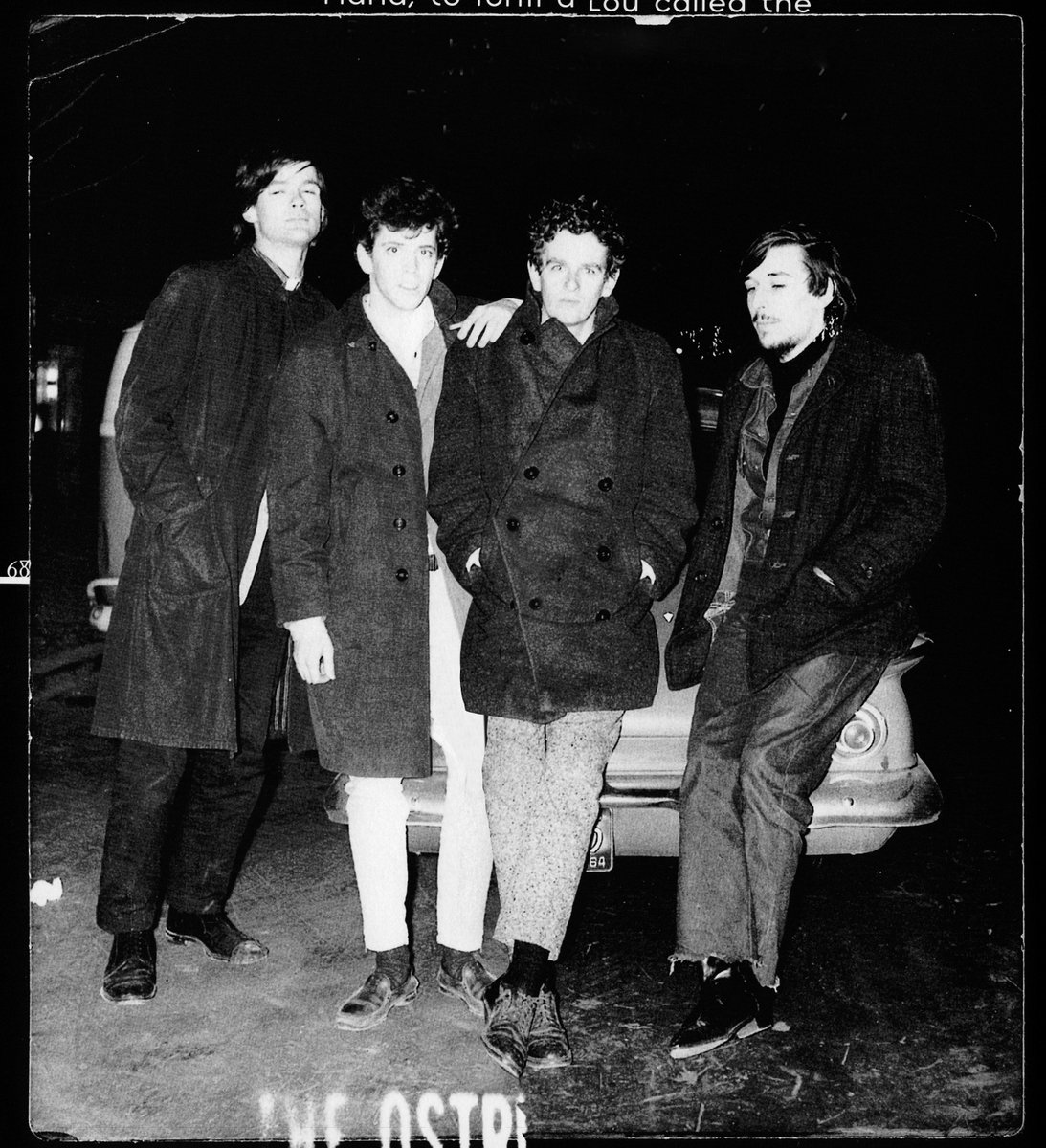
However, even before becoming a well known visual artist, Walter De Maria ventured into the world of music on the East Coast. Before drummer Angus MacLise joined Velvet Underground, De Maria played drums in an early incarnation of the band called The Primitives. Additionally, the lineup also consisted of Lou Reed, John Cale and experimental film director Tony Conrad. Subsequently, he collaborated with free jazz legend Don Cherry, Henry Flynt & the Insurrections, and composer La Monte Young.
One time Houstonian Jack Smith, director of Flaming Creatures (1963), and George Maciunas — both Warhol Factory icons — appreciated De Maria. And De Maria also appreciated Texas, mentioning Dallas and Houston in one of his drawings.
Establishing the exhibit’s “meaningless work” concept in an essay dated March 1960, De Maria offered a layered description. He described it as “work which does not make you money or accomplish a conventional purpose.” Moreover, he opines, “Meaningless work will be enjoyed and hated by intellectuals — though they should understand it.”
“Meaningless work is potentially the most abstract, concrete, varied, important art action experience one can undertake today. This concept is not a joke. Try some meaningless work in the privacy of your own room.”
Although a pioneer of Land Art or Earth Art, De Maria often referenced not just land, but the ocean. In fact, his reconstructed Ocean Bed (1969), on view at the Menil, features a pink mattress, vertical metal slab and headphones playing ocean wave sounds. Within the same room, his short film Hard Core (1969) is projected onto a wall. Set in Nevada’s Black Rock Desert (starring Michael Heizer), the atmospheric film features action and desert scenes. In a different gallery, an iconic photo of De Maria captured him lying face down on the Mojave Desert near Mile Long Drawing (1968). It constitutes a profound moment of solitude.
And throughout the exhibit, the viewer experiences various sculptures, paintings and drawings reflecting Minimalism, Conceptual Art, or Fluxus. One work called Adventures of Mr. Ball (1962) showcases De Maria’s sense of humor and fixation with color. There are yellow and red skies, blue mountains, green foliage and palm trees.
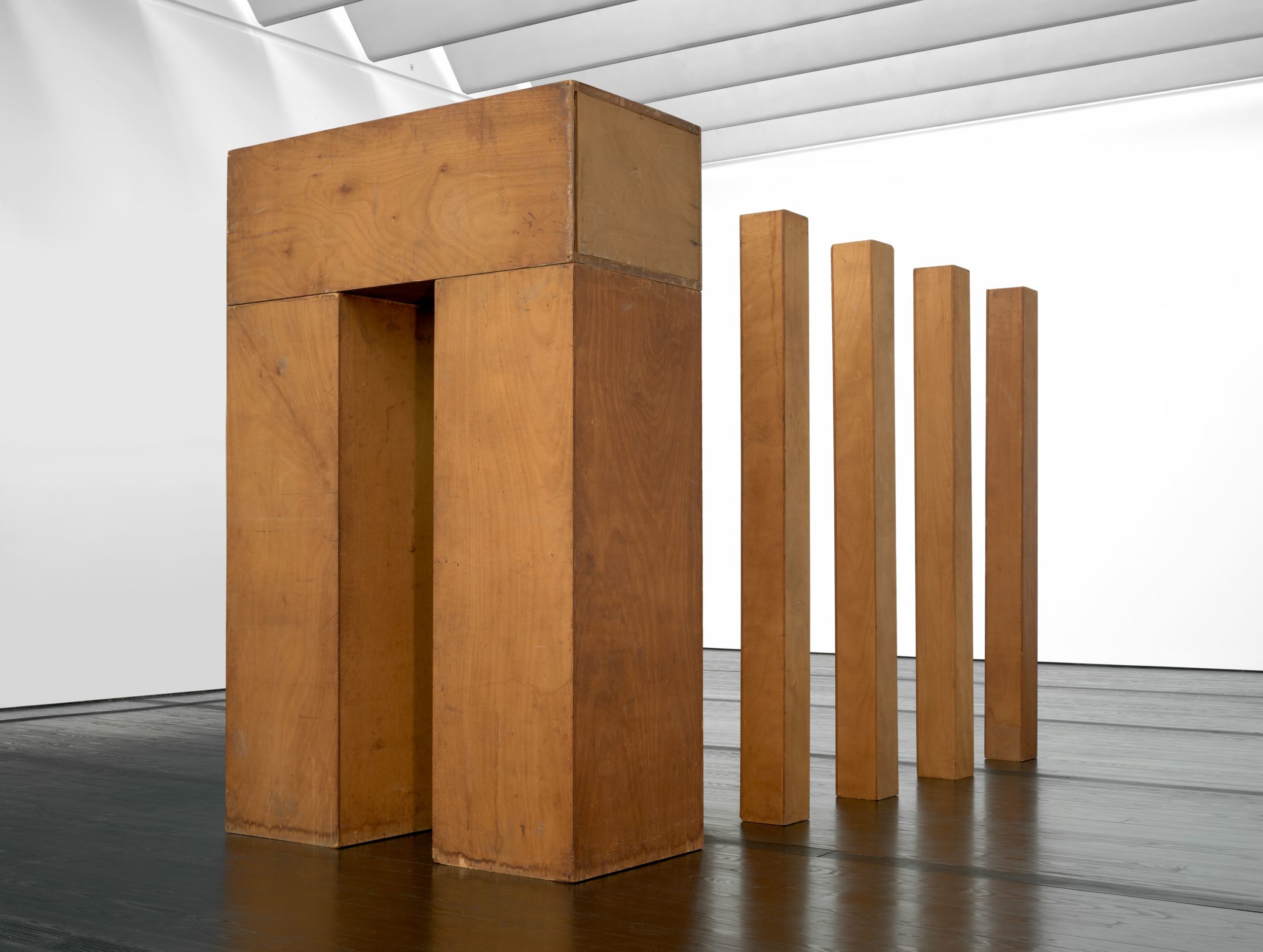
A stainless steel sculpture, Channel Series: Triangle, Circle, Square (1972), is an exhibit highlight. An impressive plywood sculpture, The Arch (1964), reveals De Maria’s interest in toying with scale, foreshadowing things to come.
Like his friend Michael Heizer, De Maria became most well known for his large scale Land artworks. The Menil exhibit pays tribute to de Maria’s most well known earthwork, The Lightning Field (1977). Located in Quemado, New Mexico, this Land Art masterpiece features 400 stainless steel poles positioned across the desert.
Placing works related to The Lightning Field near the conclusion of the exhibit is a fitting way to end the show.
Certainly what we learn about De Maria and his complex body of work is clear. He was a person of many ideas and talents — and someone who never underestimated dirt.
“Walter De Maria: Boxes for Meaningless Work” is on view at The Menil Collection through this Sunday, April 23. Learn more here.
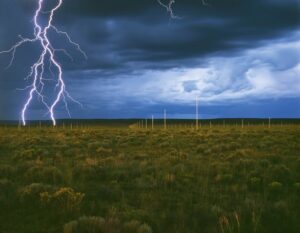
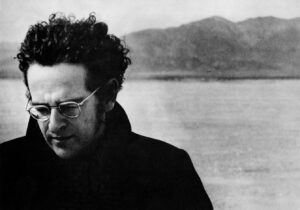

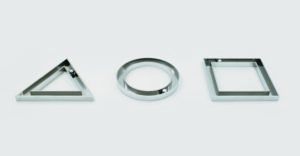

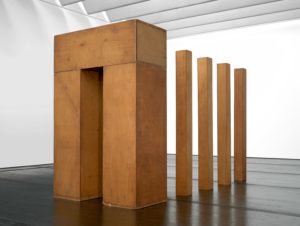
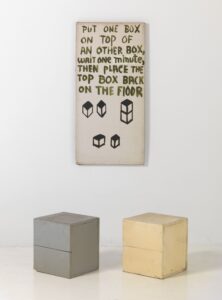
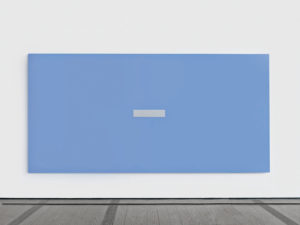


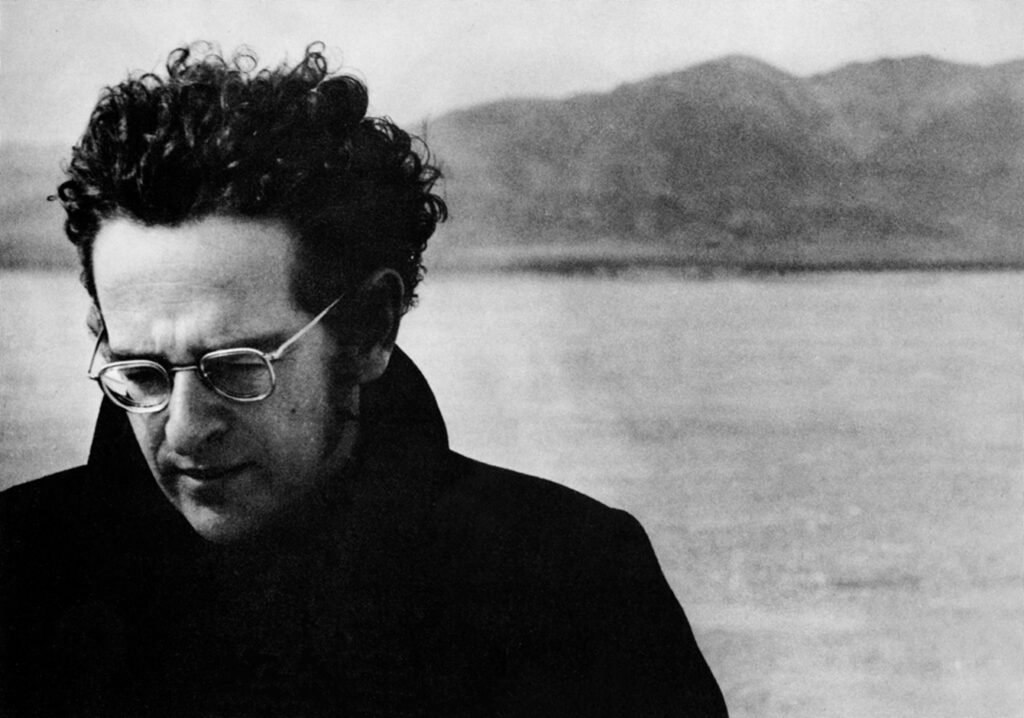





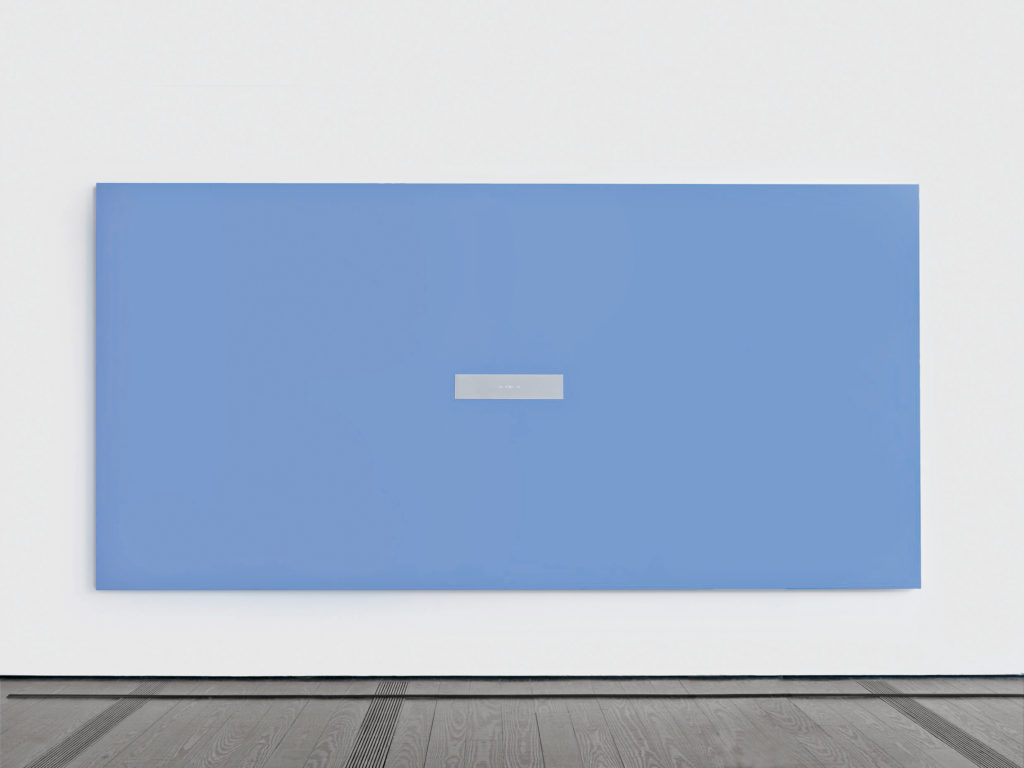




















_md.jpg)
_md.jpg)



_md.jpg)
_md.jpg)














_md.jpg)















_md.jpg)


_md.jpg)





